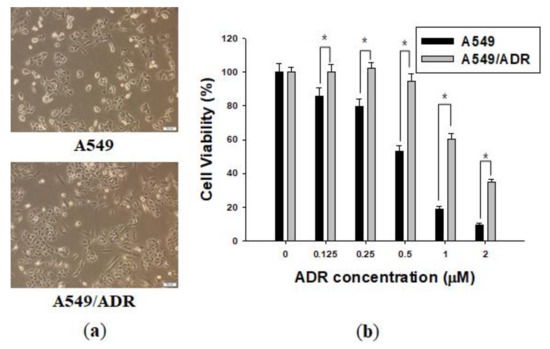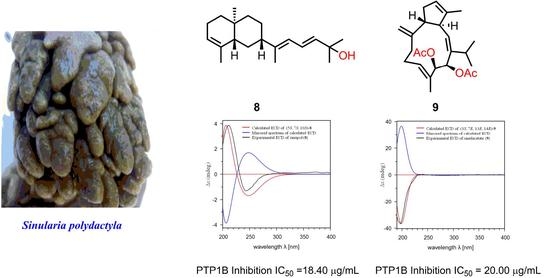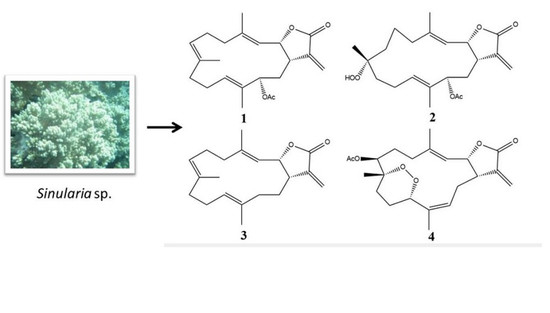Mar. Drugs 2018, 16(4), 107; https://doi.org/10.3390/md16040107 - 28 Mar 2018
Cited by 25 | Viewed by 5342
Abstract
Chitosan is an abundant and renewable polysaccharide, which exhibits attractive bioactivities and natural properties. Improvement such as chemical modification of chitosan is often performed for its potential of providing high bioactivity and good water solubility. A new class of chitosan derivatives possessing 1,2,3-triazolium
[...] Read more.
Chitosan is an abundant and renewable polysaccharide, which exhibits attractive bioactivities and natural properties. Improvement such as chemical modification of chitosan is often performed for its potential of providing high bioactivity and good water solubility. A new class of chitosan derivatives possessing 1,2,3-triazolium charged units by associating “click reaction” with efficient 1,2,3-triazole quaternization were designed and synthesized. Their free radical-scavenging activity against three free radicals was tested. The inhibitory property and water solubility of the synthesized chitosan derivatives exhibited a remarkable improvement over chitosan. It is hypothesized that triazole or triazolium groups enable the synthesized chitosan to possess obviously better radical-scavenging activity. Moreover, the scavenging activity against superoxide radical of chitosan derivatives with triazolium (IC50 < 0.01 mg mL−1) was more efficient than that of derivatives with triazole and Vitamin C. In the 1,1-diphenyl-2-picrylhydrazyl (DPPH) and hydroxyl radical-scavenging assay, the same pattern were observed, which should be related to the triazolium grafted at the periphery of molecular chains.
Full article
(This article belongs to the Special Issue Marine Chitin)
►
Show Figures







